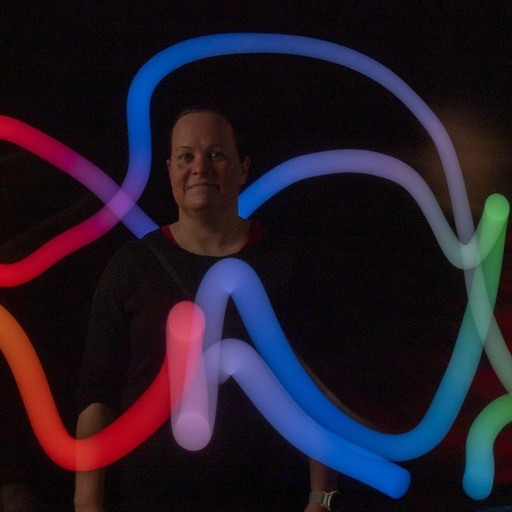In today's business world, organizations invest substantial time and resources in developing a compelling vision and strategy. However, despite these strategic plans, many businesses struggle to translate their vision into everyday action.
If I got a cent every time I heard someone say something like, 'management just came up with a new strategy, but we're here struggling with the billing system quirks week in and week out,' well, you know, I'd be a millionaire in the making. More professionally put, the daily tasks and challenges employees face often overshadow the larger strategic goals, getting in the way of progress and hindering growth.
There are usually three things that might help explain the reasons behind the problem:
1. The vision-reality dilemma
Businesses often find themselves caught in a situation where their strategic vision remains distant from the practical realities of everyday operations. While a vision serves as a guiding light, it’s often not translated into actionable steps, leading to a lack of progress and frustration for employees.
2. A (necessary) focus on everyday tasks
Day-to-day tasks are an integral part of any organization, but they can become overwhelming and consume time and energy. From administrative tasks to technical glitches, employees find themselves caught in a cycle of task lists, leaving little room for strategic thinking or innovation. Strategic thinking demands time where nothing stops the process – idle time for the brain to wrap itself around larger topics.
3. The problem of putting out fires
Psychologically, people feel content from crossing things off their lists – there is a sense of accomplishment from dealing with problems, but nothing actually changes. This leads to stagnation and more fires to put out because the basic setup in the organization never changes. Focusing solely on problem-solving prevents progress toward the larger vision and hampers the company's ability to adapt and grow. It's like a hamster wheel; nobody gets anywhere no matter how hard they run.
How we solve these challenges
At Vincit, we understand this dilemma and use a proven approach to bridge the gap between a company's vision and the realities of everyday work life.
To get going, we need to truly understand where those challenges stem from in the customer's organization. We need to make sure we focus on meaningful problems. It’s also important to keep in mind that systems are used by humans to reach certain goals. That’s why at Vincit, we don't just do system audits and assume that systems solve all process problems. We instead focus on empowering people to take part and be the change.
In addition to the more traditional approach of mapping systems and their structures we do interviews, observations and data research to reach a validated understanding of the situation. As designers at Vincit, we map out, scan, and dig deeper to find the meaning, needs, and wishes behind the identified pain points. We do this together with technical experts, architects, data scientists, and professionals typically working on enterprise architecture mapping projects.
For some reason, traditional user experience methods like interviews, joint workshops, and asking "5 x why" aren't widely used when mapping out company-wide systems to create an enterprise architecture vision that will fulfil the business requirements from all angles. Instead, IT department personnel are asked a few questions, systems are looked at, and perhaps a couple of managers are asked about what they’ve heard from end-users and employees.
In my view, basing decisions on hearsay and presenting the end result as a diagram of systems and master data models (boxes and arrows) doesn't lead to actual change. What makes a difference is involving the end users, trying to summarize and validate their input, and making them plan the needed change together.
With our approach, we take into account that people are the ones who make the change and their time is limited. The world doesn't stop turning for them to have time off from their everyday work tasks. We can help to ensure better outcomes by following a joint process where people in charge of living the change are involved every step of the way. We make sure that every interaction takes things forward and time is not wasted in meetings that could have been an email.
The benefits of a designer’s mindset
In my experience, it’s a huge advantage to use a designer’s toolbox when trying to turn a vision into a reality because we focus on understanding – root causes, end users, and business value.
For example, it might be the first time that an interviewed employee gets to think about what they’re trying to get done in everyday business life with the tools and systems they use. They might have precise pros and cons about the systems, but reframing their mindset to focus on a higher level can generate business transformation on a whole different level.
In this way, employees can process their tasks and roles in the organization and find a way of working that suits them. This creates a broader understanding of their own position and influence in the organization.
Through our process, we often end up breaking internal silos, inducing cooperation, and creating a happier work-life with the help of functioning digital solutions. I strongly believe these results are better because design tools and methods are there for support.

Taina Arjanmaa,
Design Lead, Senior Consultant, Vincit


